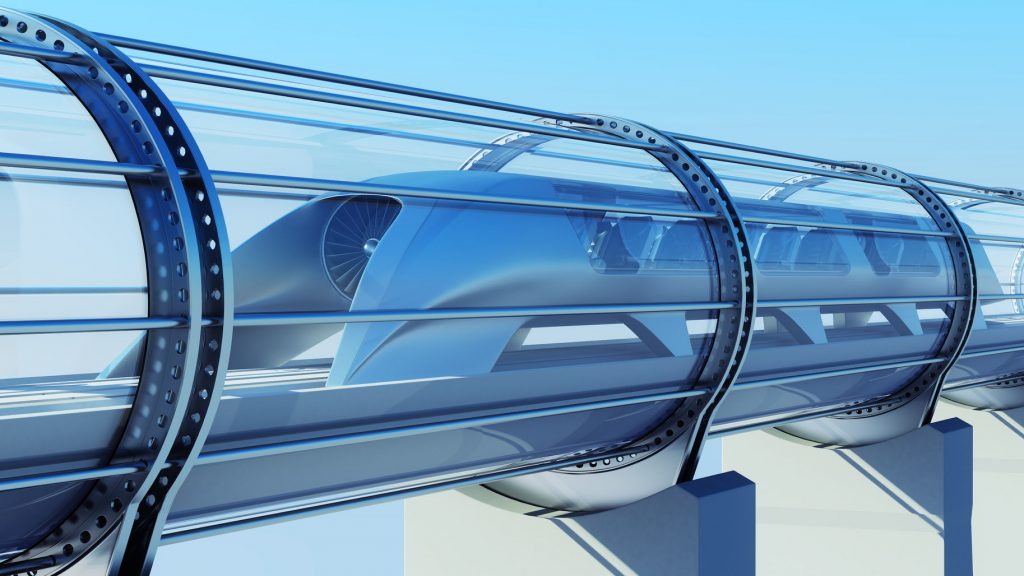Five years ago it was all just an idea in Elon Musk’s mind, and today the so-called supersonic train is very close to becoming a reality. The Hyperloop is a concept of high-speed trains that travel in tubes suspended a few metres of the ground. The train cabins are pushed through the tubes using magnet-based levitation technology and are shaping up to cause a transport revolution worldwide.
The prototype recently beat a new speed record by travelling at 324km/h for 1.25km. However, the real credit belongs to a group of university students who took part in a competition created by the SpaceX company, with the German team WARR from the Technical University of Munich taking home first prize. They presented a pod weighing 80kg and a 50kw electric motor that moved in conditions very similar to the vacuum.
The project is now ready to be offered to companies and governments interested in the technology. In addition to the speed, it’s essential to demonstrate the cabins can travel long distances, are 100% safe for passengers, and can withstand natural disasters.
Despite the apparent viability, Musk, curiously enough, has nothing to do with this project, and for the moment has no intention of exploiting these supersonic trains.
The original idea contemplated speeds of close to 1200km/h, making it faster than conventional planes, although, SpaceX hasn’t yet mentioned the top speed that could be reached.
On the 23rd of August 23rd this year another milestone followed that must be taken into account. The Chinese, ‘Fuxing Hao’, train reached speeds of 400km/h having been tested successfully on commercial routes. The transport system is monitored in real-time and can, therefore, be adjusted in the event of an emergency or abnormal conditions.
With these results ‘Fuxing Hao’ is currently the fastest train in the world and the Chinese have called for this new record to be officially recognised.
Apart from the Chinese competition that has materialised, the Hyperloop trials are quite different from the idea Musk originally published in 2013. The capsule will be much bigger than that initially conceived, which planned to carry three people in a straight line. Now, what’s been tested is more similar to a conventional train cabin.
These modifications have not discouraged others from working on the idea, and several countries are now carrying out feasibility plans. The United Arab Emirates, Holland, Sweden and Russia have all expressed interest, and the United Kingdom has proposed a route that would cut travel time from London to Edinburg to just 50 minutes.
The administrative and bureaucratic obstacles inherent to this type of project still need to be ironed out, along with requesting changes to the current regulations and land rights.







